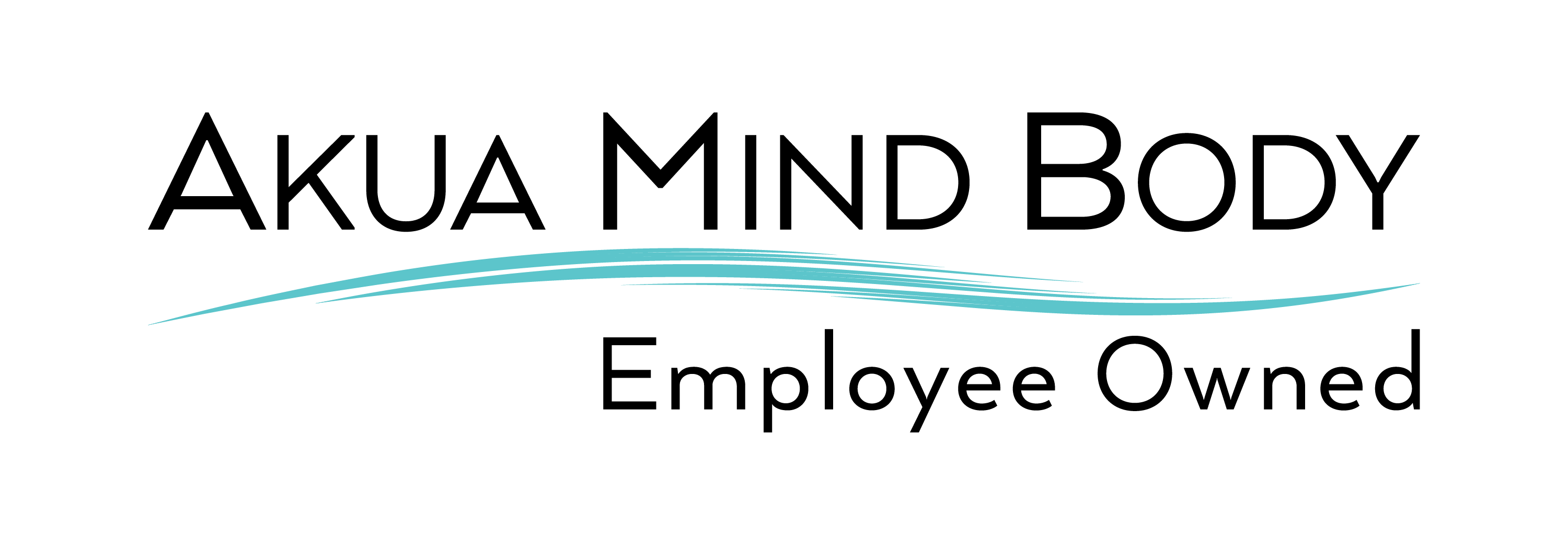How Human Resources Departments Can Help Prevent Suicides. There has been a lot of buzz around the topics of suicide and the workplace since a Facebook employee was recently fired for speaking out about his colleague’s suicide.
It is rumored that his colleague and friend was bullied at work and was under a very high-stress environment. In 2016, 291 of 45,000 deaths from suicide occurred in the workplace.
Conversations in schools, on social media, and within society as a whole, have grown larger and louder about mental health.
However, mental health in the workplace seems to be an underserved issue still. The most significant number of suicides are happening among those 45-65 years of age–these are the prime work years.
60 percent of American workers have experienced mental health symptoms in the past 12 months.
Even more workers stated that their mental health affected their work productivity and that their work environment influenced their mental health symptoms.
Half of Millennials and 75 percent of Gen Z have quit a job due in part to mental health reasons. Among Baby Boomers, just 10 percent said mental health reasons led them to leave a job.
Mental-Health-in-the-Workplace
A Closer Look At Mental Health Concerns In The Workplace
Among 18,000 employees across 14 countries, the most common workplace discrimination is bias against employees with mental health conditions
42% of young women have mental health concerns
28% of young men have mental health concerns
Over half of supervisors state their employees’ mental health impacts business success
Female supervisors are more likely than their male counterparts to consider employees’ mental health when making business decisions
Millennials, Gen Z, and LGBTQ+ employees are most willing to talk about mental health concerns at work
Women are more likely than men to have sought treatment for a mental health concern
How Can HR Play A Role In Mental Health And Suicide Prevention In The Workplace?
The Human Resources department at every company is responsible for employee safety, employee benefits, workplace regulations, and all the essential paperwork that comes along with the hiring and firing process.
Workplace stress is believed to be the leading factor in suicides when employees have little or no control over high job demands.
• Mental Health Insurance Coverage:
HR has the power to offer employees mental health insurance. This would cover therapy sessions, medications, mental health treatment at a treatment center, and any psychiatric appointments.
Psychotherapy is approximately $100 per hour, and a large amount is not covered by insurance. Employees do not have the means to seek proper treatment for their mental health disorders. Insurance coverage could be one solution.
• Mental Health & Suicide Awareness Seminars:
HR also has the power to provide mental health and suicide awareness seminars. Teaching employees and employers about the signs and symptoms associated with suicide, adopting a plan to help employees and managers who are at risk for suicide or who have co-workers who are struggling, and educating employees about employee assistance programs for mental health are all strategies to improve mental health in the workplace.
• “Mental Health Sick Days”:
Where an employee can take a day off to work on their mental health. For a company, all of this may sound expensive; however, what is the cost of a life? Having a healthy employee who is happy means that they are going to perform at their full potential.
• Develop An Emergency Suicide Plan:
What happens if an employee is in a suicidal crisis? Who can that co-worker go to for help? Is there HR staff trained on having an initial conversation with suicidal individuals? What mental health resources in the community are available?
National Guidelines For Workplace Suicide Prevention
On World Mental Health Day, 2019, the American Association Suicidology (AAS), American Foundation for Suicide Prevention (AFSP), and United Suicide Survivors International (United Survivors) announced their collaboration and release of the first ‘National Guidelines for Workplace Suicide Prevention’.
These new guidelines have been in the works for some time and were constructed by listening to multiple groups of experts in the field, including HR employment law, labor, and safety leaders, and employees who had experienced suicide ideations while in the workplace.
The goal is to implement a standard for both employees and employers so that both parties can become proactively involved in suicide prevention in the workforce.
It is estimated that eight out of ten individuals who experience suicidal thoughts exhibit signs of their intentions to harm themselves. As a co-worker or employer, it is essential to know what to do.
• Know The Warning Signs:
Isolation, sadness, lack of interest in the job, poor work performance, arguments with coworkers, and absenteeism are all telltale signs that something is wrong.
• Provide Training:
If you are an employer, you can take multiple steps with your HR team to provide training on mental health prevention and treatment and suicide awareness.
There are many nonprofit mental health organizations that are willing to help. “With appropriate training, you know how to identify and intervene to make sure a vulnerable employee gets professional help before having suicidal thoughts.
Otherwise, social isolation can cut suicidal employees off from help when they most need it. Training teaches you that any form of stigma–judgment, name-calling or shame–must be avoided at all costs”.
• Take Threats & Attempts Seriously By Taking Action:
Suicidal threats are not to be swept under the rug. Research reveals that employees who talk about suicide or call crisis centers are 30 times more likely than average to kill themselves.
Forty percent of individuals who complete suicide have made a previous attempt. These cries for help are real warning signs that something serious is going on. They need professional help.
• Arrange Help For Those Who Have Lost:
When a co-worker commits suicide, it is traumatizing for the entire workplace. It is essential that grief counseling and paid time off is available to any employee who needs it.
It is also essential for management to provide employees with opportunities and support to process this trauma together.
If you or someone you know might be contemplating suicide, contact the National Suicide Prevention Lifeline or call 800-273-8255.
You can also text HOME to 741741 to reach the Crisis text live. In an emergency, you can always call 911 or contact a local hospital or mental health facility.
AKUA Mind & Body offers residential treatment, partial hospitalization, and intensive outpatient programs for mental illness. If you or a loved one are struggling, let us tailor a treatment plan to your specific needs.
24/7 ADMISSION HELPLINE 888-629-6707




